Top 10 Most Popular Pets in Australia

Australia has one of the highest rates of pet ownership in the world, with more than 25 million pets large and small being housed across the nation. A recent study by the Pet Industry Association Australia confirmed that more Aussies live with an animal than a child, and has put together a definitive list of Australia’s top ten pets. Let’s take a look at these most popular pets in Australia.
1. Dog

While the Labrador is Australia’s favourite dog and pet, the Mad Paws 2016 database revealed there is a new trend in Aussies choosing smaller dogs over medium and large, ones as their cherished companions. Top breeds after the Labrador include the Maltese, Staffordshire Bull Terrier, Poodle, Border Collie, Chihuahua, Shih Tzu, Pug, and Chihuahua!
It seems that with more Australians having to micro life due to the rising cost of living, we are also having to choose micro dogs to fit into our compact living.
2. Cat

Paws up! Cats come in a close second, with approximately three in every ten homes making space for the furry feline companions. That’s almost 16 cats for every 100 people.
Cats make affectionate and playful pets and thrive best when they’re cared for considering their dietary, environmental and health, and welfare needs. Cats will need space to be active, with regular interaction with people and other animals (cats don’t really like to be left alone for long periods during the day). They will also need access to clean water, meat-based cat food, and regular grooming as well as private access to a litter tray which should ideally be replaced once a week.
3. Fish
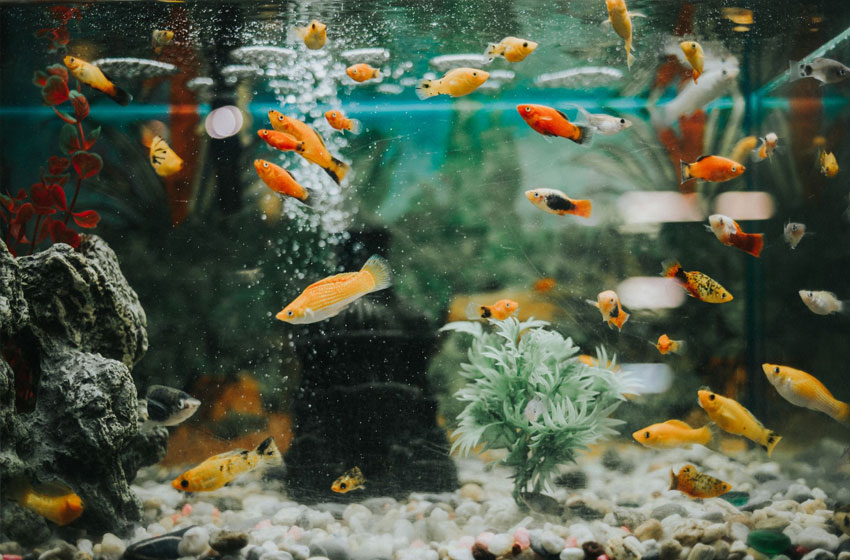
Surf’s up: around 8.7 million fish live as pampered pets in tanks across the nation. The easy upkeep and low maintenance make them an ideal pet for small living spaces.
Keeping an aquarium in your home adds numerous benefits to your health, like reducing stress and lowering blood pressure. Freshwater tanks tend to be easier to care for than saltwater tanks, and their critters are more forgiving of mistakes made by new owners. Fish has its own beautiful selection of colourful and unique species that make your aquarium thrive with life.
The golden fish, with the scientific name Carassius auratus, is arguably the most popular pet fish and was first domesticated in China more than 1,000 years ago. It is a fish that can live up to 30 years, making it one of the longest-lived pets that one can have.
4. Bird
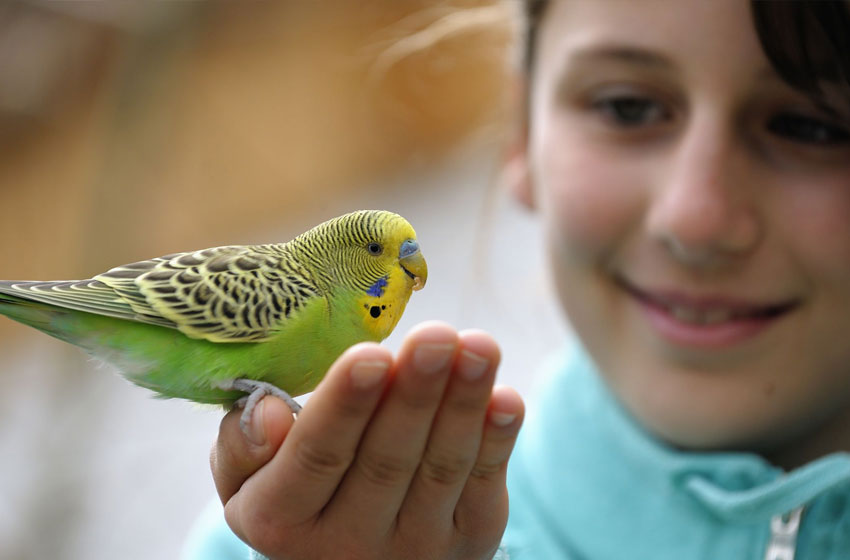
Birds of all shapes, sizes, and squawks are the fourth favourite Aussie pet, with 4.2 million being invited to nest indoors. The varied list includes cockatiels, budgies, and finches which are easy to take care of and make for easy company.
Birds are the 4th most popular pets in Australia because they thrive in small living spaces, eat cheap food, and make great companions. Pets birds in Australia can range from small budgies up to the largest parrots. A huge plus about birds is that they have a very long life span, with many bird species living more than 100 years.
Feathered pets like parrots can be fascinating additions to the family. Bird owners should be aware that although their pets might be highly intelligent and fun companions, they can sometimes carry germs that can make people sick.
How to house pet birds
- Provide a safe, sturdy enclosure or cage for your bird. Keep pet birds from interacting with all wild animals and insects such as mosquitoes. These animals and insects can carry diseases that can be spread to your pet birds.
- Avoid housing pet birds in areas where food or drink is prepared, served, or stored, such as kitchens or dining rooms.
- Closely supervise any interaction of your birds with children or other pets to reduce the chance of injuries.
5. Rabbit
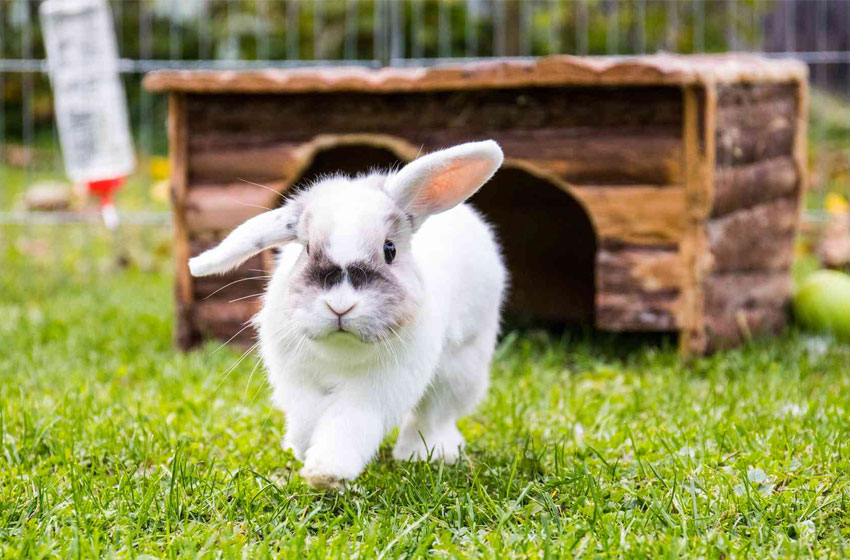
Cute and cuddly bunny rabbits take the fifth position on the list. Known for their individual personalities, some bunnies are naturally social while others keep to themselves. The overall winning characteristic: they are unbelievably cute.
Rabbits make great pets. In general, rabbits need appropriate housing, exercise, socialisation, and a specific diet for good welfare. Some breeds of rabbits, particularly the longer-haired rabbits, may require daily grooming. It is important that you understand all the requirements for caring for a rabbit before you buy one.
Rabbits generally live for 5 to 8 years depending on their environment and breed, but they can live for as long as 12 years. If you decide to purchase a rabbit, make sure you are prepared to care for them that long.
Rabbits are playful and inquisitive and require the stimulation of other rabbits or humans and their environment. They are active animals that need to exercise and play regularly. Ensuring your rabbit is adequately stimulated is an important aspect of caring for your rabbit. This can be achieved through environmental enrichment.
Rabbits are most active during the early morning, late afternoon, and evening. This is the best time for you to interact with your rabbit.
6. Turtle
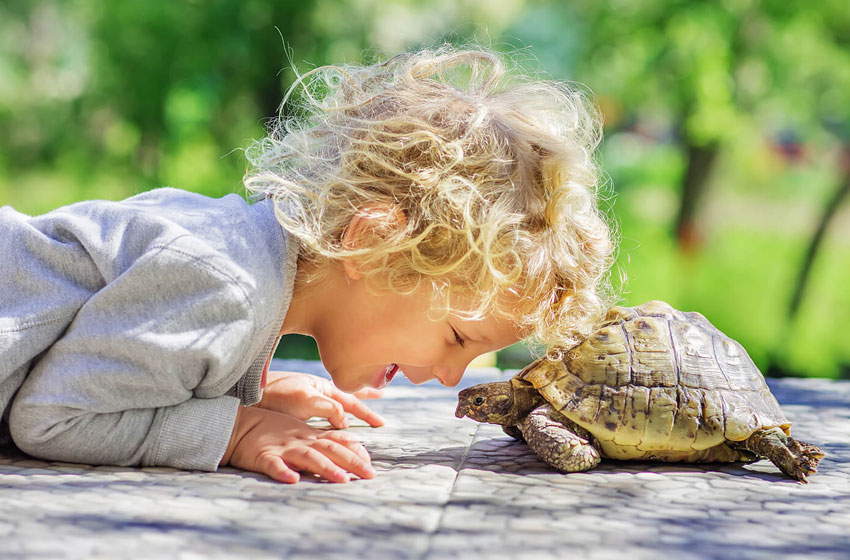
Slow and steady wins the race: Turtles are cute, compact, and relatively low maintenance. They’re a little more complex to take care of than your average furry friend but are a definite talking point that visitors and family members will adore.
Turtles may not be cuddly, but they are awfully cute and generally easy to care for if you’re well researched and prepared.
7. Horse

Horses for courses: most people would love to have a pony to trot around on, and some are lucky enough to. The downside of this fabulous pet is that they are extremely expensive, high maintenance and require a lot of space.
Horses in their natural state are grazing animals. They nibble on grass throughout the day, receiving a steady stream of fodder and water. Because they don’t regulate how much food they eat, and will gorge on feed if they have access to a lot of it, you have to provide food in measured intervals twice daily. You also have to make sure that horses always have a supply of fresh, clean water.
If your horse is kept inside a stall, he must have clean footing underneath. You can’t let manure or waste build-up. This can provide a breeding ground for flies, as well as ruin your horse’s hooves and health. Daily stall cleaning is a must to ensure your horse’s health and happiness.
All of this may seem like a lot of work. It is – but it’s a labor of love to someone who has always dreamed about owning horses or ponies. How to care for a horse means learning not just how to groom your horse, but also how to care for all of his basic needs.
8. Snake
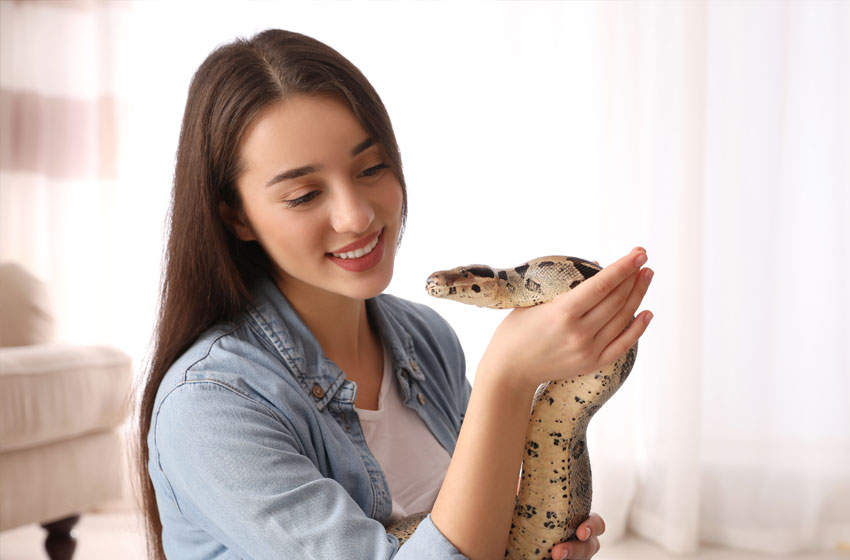
Slinky and scaly, snakes sneak onto the list at #8. Surprisingly low maintenance, all snakes need to be happy is a warm place to curl up, something to coil around, and to be offered their favourite snacks from time to time.
There are approximately 2,500 different species of snakes. Several species are commonly kept as pets including king snakes, rat snakes, garter snakes, corn snakes, various pythons (particularly ball pythons), and various boa constrictors (especially the common boa constrictor). The needs of one species may differ from those of another, so be sure to discuss specific questions with a knowledgeable herpetologist (someone who studies reptiles and amphibians) or a veterinarian familiar with reptiles. The ball python will be used for this discussion, as it is one of the most commonly kept pet snakes. Most of the information concerning the ball python is applicable to other terrestrial snake species.
Most snakes sold as pets are easy to handle and are usually not aggressive. Although certain species of snakes commonly kept by serious reptile collectors have a naturally aggressive nature, these species tend not to show up often in the general pet trade, so they are not typically available in pet stores.
Some snakes, especially the ball python, may not eat for weeks to months after the stress of going to a new home and new environment. Lack of appetite can be a normal reaction to stress, but if prolonged, it may be a sign of a more serious problem that requires prompt veterinary attention.
9. Ferret
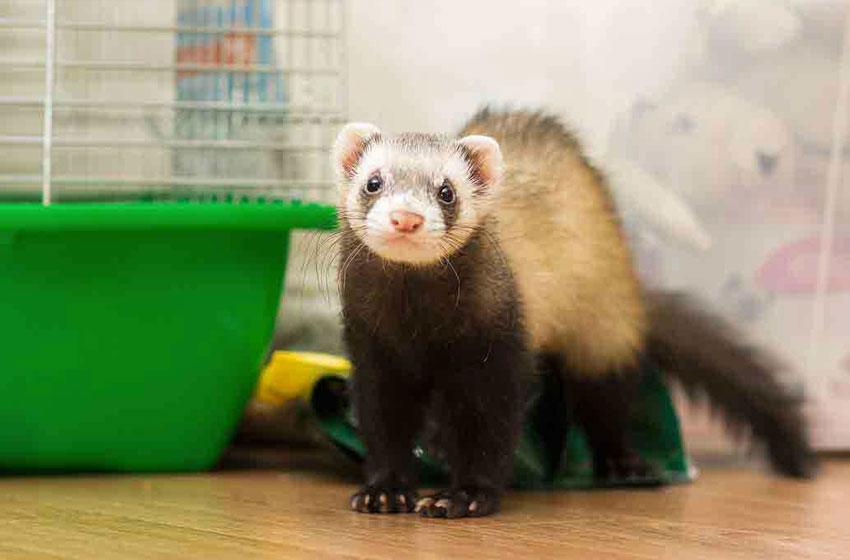
Ferrets flock in at #9. The cute little creatures have a lot more attitude than other furry pets, but are smaller and require a little less attention. They can be a little bitey though, so watch your fingers!
Ferrets are very social animals and should be kept in compatible pairs or groups. Appropriate steps should be taken to avoid any unwanted or unintended litter of ferrets. Talk to your veterinarian for advice.
In the wild, ferrets are predators, so don’t mix your ferrets with any other small species of animal.
Ferrets are strict carnivores which means that they must have animal protein and products in their diet in order to survive. They need a diet that is high in protein and fat, and low in carbohydrates and fibre. Consult with your veterinarian to ensure your ferrets have a balanced diet.
Your ferret needs time to play every day, and will enjoy exploring outside his cage. This is also an opportunity to bond with you. Make sure you supervise him so he doesn’t injure himself.
You can also make his space more fun by providing him with objects such as boxes and plastic tunnels, and regularly rearranging the objects in his cage.
10. Bearded Dragon
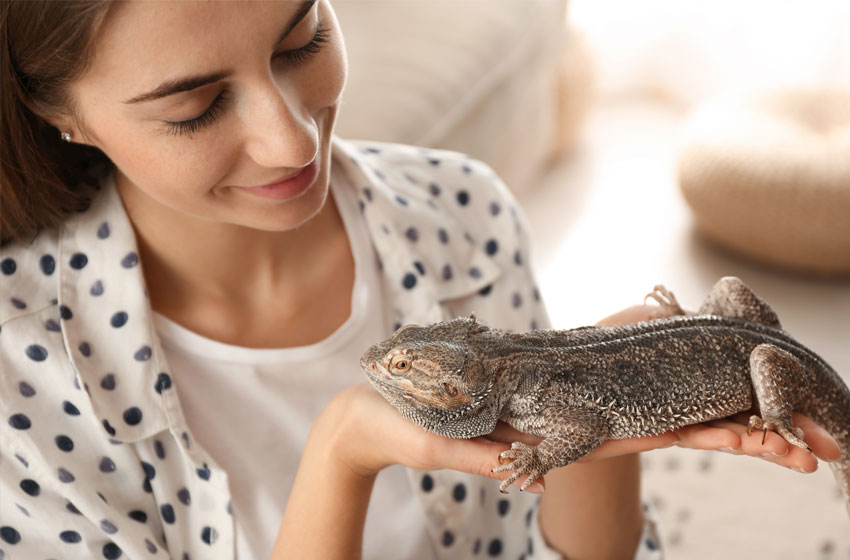
Bearded dragons are native to Australia and roll in at #10 on the favourite pets list. While they have complex nutritional and environmental conditions, they’re much lower maintenance than a dog that needs to be walked every day.
The wild habitat of this lizard consists of a forested, semi-desert environment in Australia. These reptiles are semi-arboreal and like to spend their time up on branches or on the ground.
They have a relatively easy-care requirement; they need:
- A UVB lamp and an infrared lamp for basking
- A mixed diet of insects and leafy vegetables
- A glass cage measuring 36ft³
- The enclosure of a Bearded Dragon should be glass with a screen top. Their tank should measure anywhere from four to six feet long, two feet wide, and two to three feet high.
- A tank of this size is big enough for this lizard and it will also help the tank from overheating. In general, the bigger the tank the better.
- To better replicate their natural environment, there should be rocks and branches in the tank to give them places to hide and shade to cool off after basking.







